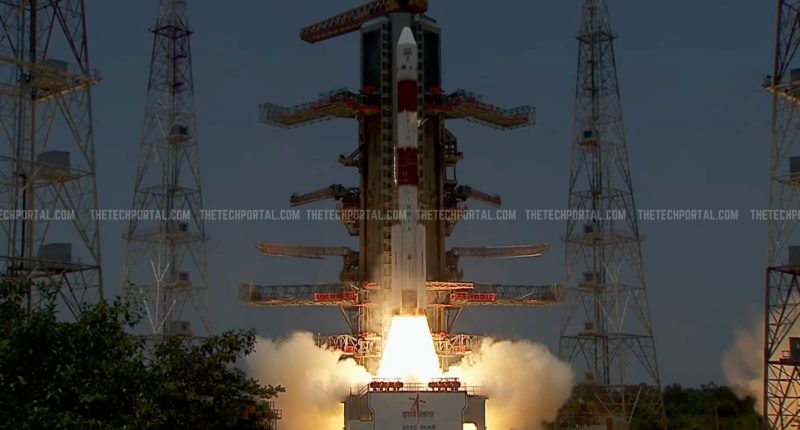In a remarkable achievement for the Indian Space Research Organisation (ISRO), the space agency’s Aditya-L1 solar spacecraft has transcended Earth’s gravitational sphere of influence, marking a significant milestone in its mission to unravel the mysteries of our nearest star.
The Aditya-L1 spacecraft, India’s first dedicated solar observatory-class mission, has journeyed beyond 9.2 lakh kilometers from Earth, and this has been confirmed by a post by ISRO on X on Saturday. This development means that the Indian that the spacecraft has effectively escaped Earth’s gravitational pull and is now en route to the strategically vital Sun-Earth Lagrange Point 1 (L1). This accomplishment stands as the second consecutive instance of ISRO successfully sending a spacecraft beyond the sphere of Earth’s gravitational influence, with the Mars Orbiter Mission marking the first triumph.
“The spacecraft has travelled beyond a distance of 9.2 lakh kilometres from Earth, successfully escaping the sphere of Earth’s influence. It is now navigating its path towards the Sun-Earth Lagrange Point 1 (L1). This is the second time in succession that ISRO could send a spacecraft outside the sphere of influence of the Earth, the first time being the Mars Orbiter Mission,” read ISRO’s post on the erstwhile Twitter. While Aditya-L1 embarks on its mission, ISRO is also gearing up for another celestial exploration endeavor. Scheduled for launch in December 2024, “Shukrayaan,” ISRO’s Venus mission, aims to probe Venus’s unique atmosphere and conditions, marking yet another milestone in India’s space exploration endeavors.
Aditya-L1 Mission:
🔸The spacecraft has travelled beyond a distance of 9.2 lakh kilometres from Earth, successfully escaping the sphere of Earth's influence. It is now navigating its path towards the Sun-Earth Lagrange Point 1 (L1).
🔸This is the second time in succession that…
— ISRO (@isro) September 30, 2023
The Lagrange Point 1 (L1) holds immense significance for solar observations. Positioned approximately 1.5 million kilometers from Earth, L1 offers an unobstructed view of the Sun, devoid of any interference from celestial bodies, atmospheric dust, or magnetic fields. This pristine vantage point is ideal for the meticulous scrutiny of our Sun. The Aditya-L1 itself had embarked on its journey on September 2, 2023, propelled by the Polar Satellite Launch Vehicle (PSLV) variant known as PSLV-C57, and commenced its mission by orbiting Earth in low Earth orbit (LEO).
Since its launch, ISRO has orchestrated four orbit-raising maneuvers, elevating Aditya-L1 to its present position. These maneuvers were conducted between September 3 and September 15, meticulously choreographing the spacecraft’s trajectory. Aditya-L1 is equipped with seven distinct payloads, showcasing India’s prowess in space technology. Five of these payloads were developed in-house by ISRO, while two are a result of collaborative efforts with Indian academic institutes. The payload suite is designed to investigate various aspects of the Sun. Four payloads are tailored for observing the Sun’s light, while the remaining three are dedicated to measuring in-situ parameters of plasma and magnetic fields.
A successful mission by Aditya-L1 holds tremendous promise for advancing our understanding of the Sun. It will provide critical insights into phenomena such as coronal heating, coronal mass ejections, pre-flare and flare activities, space weather dynamics, and particle propagation. As Aditya-L1 progresses on its journey towards Lagrange Point 1 (L1), it is expected to enter a halo orbit around this strategic point. This specialized orbit will enable the spacecraft to maintain a constant position relative to the Sun, facilitating continuous observations. Aditya-L1’s mission lifespan is estimated at five years, during which its payloads are poised to furnish invaluable data for unraveling the enigmatic workings of our Sun.
